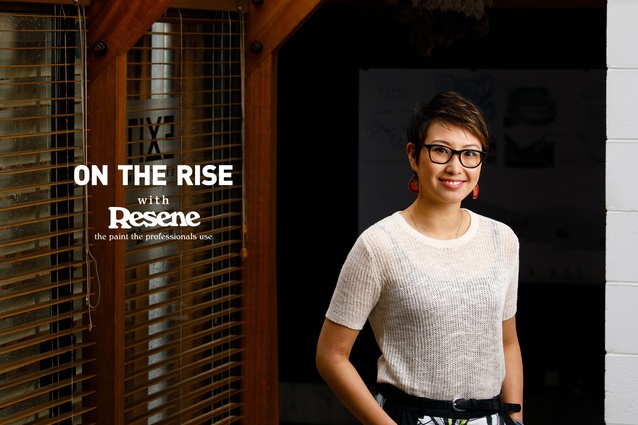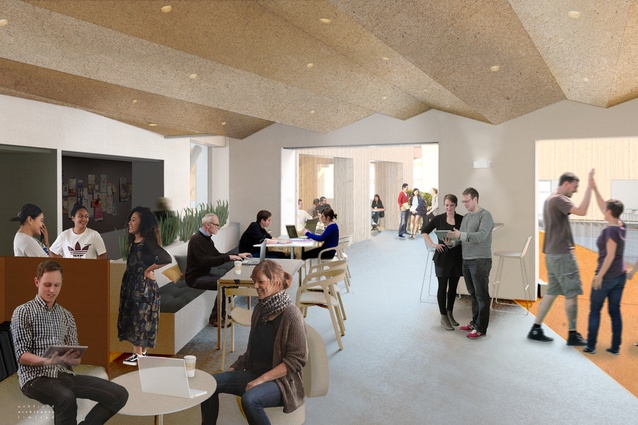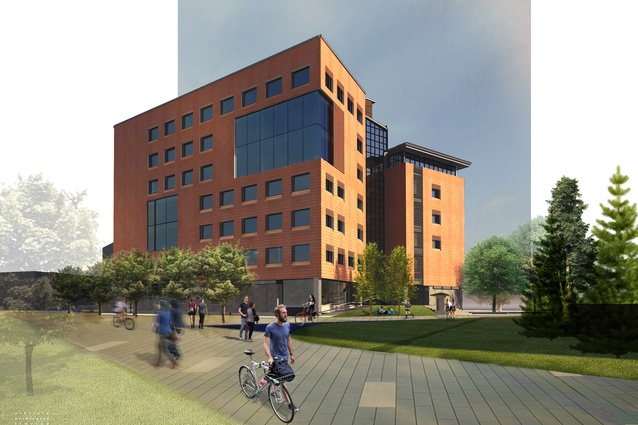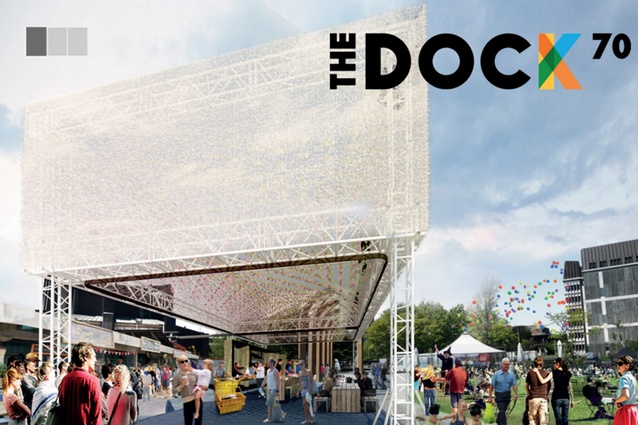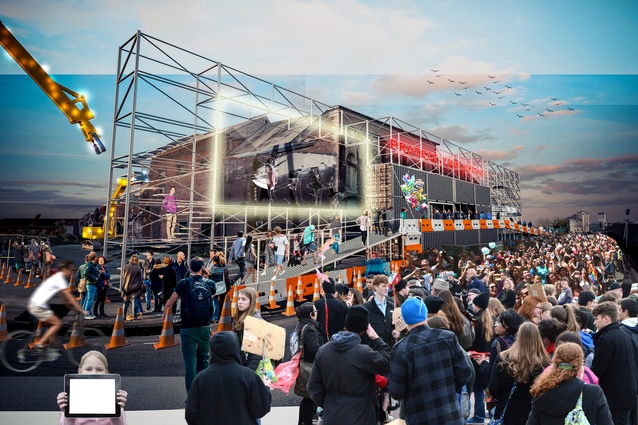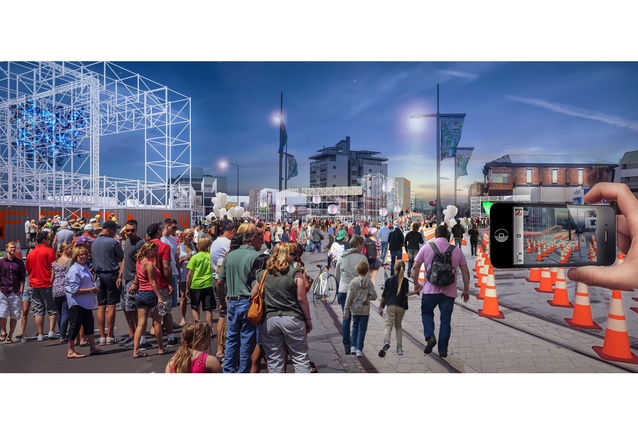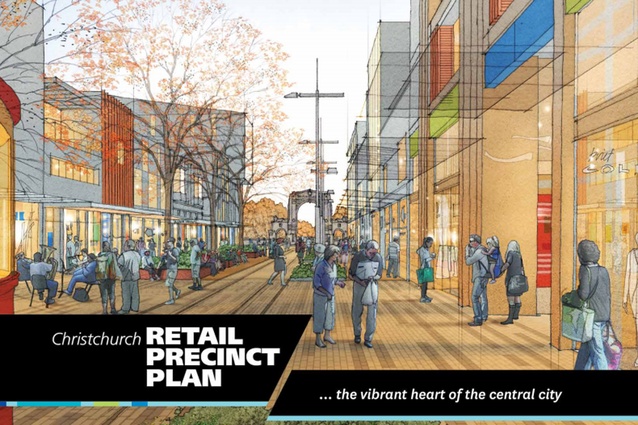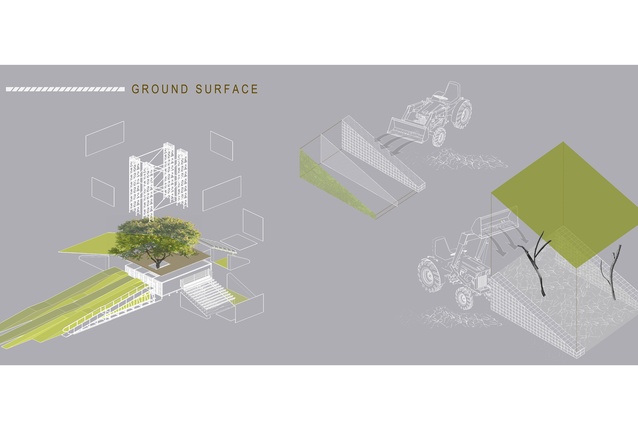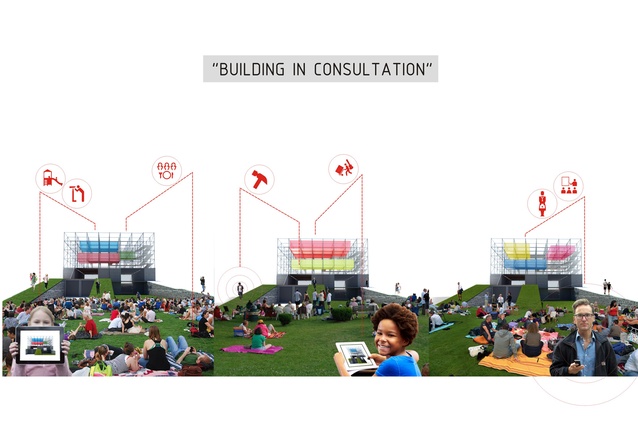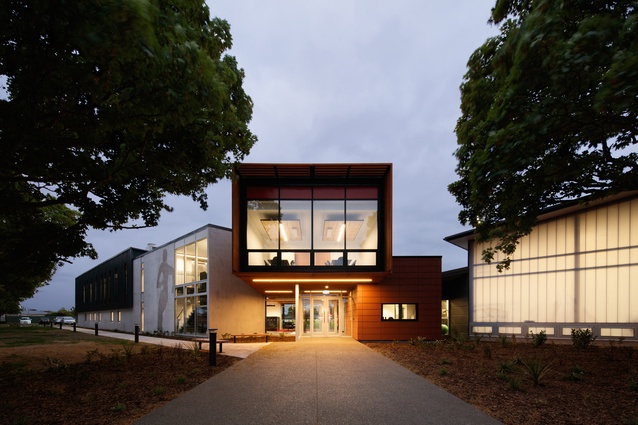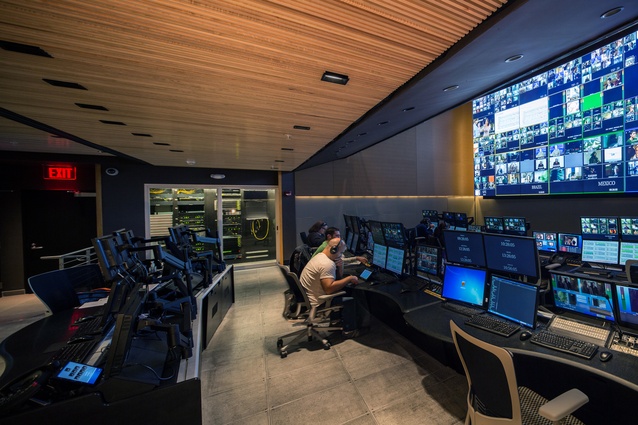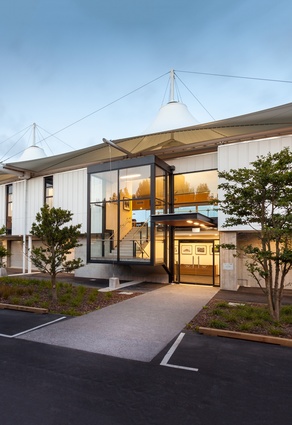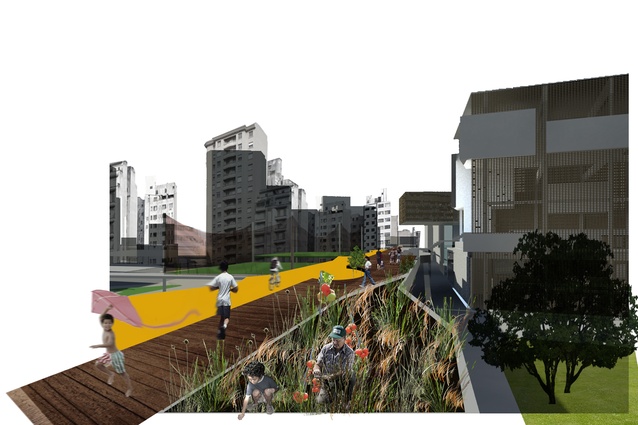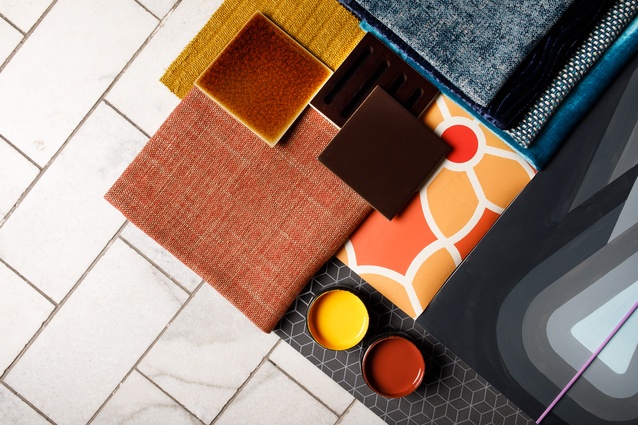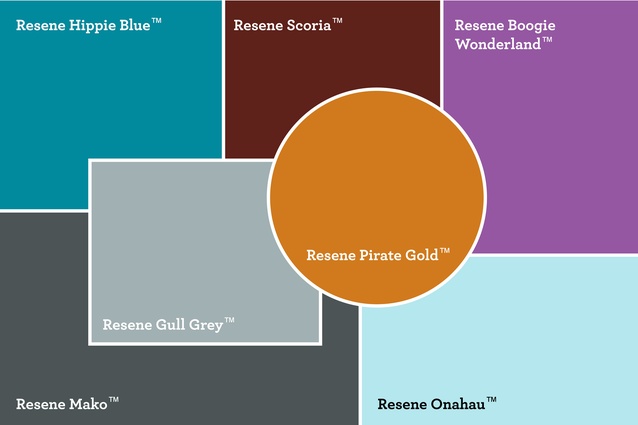On the Rise: Maria Chen
The ArchitectureNow On the Rise series, supported by Resene, focuses on up-and-coming young designers and architects from across New Zealand. For the third interview in the six-part series, we talk to Maria Chen, an architectural graduate at Athfield Architects in Christchurch.
AMH: Why did you decide to study architecture – what drew you to the profession?
MC: My dad was trained as a marine engineer in China so he always used to have drawings and drawing boards in our house, however I chose architecture because I wanted to do something that could help people. Like a doctor treats a patient, an architect provides dwellings and public space. I felt that it was a way I could contribute.
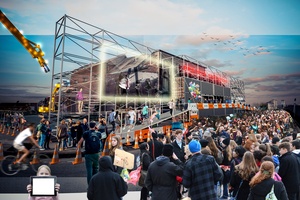
AMH: You went to high school in Christchurch and then chose to move to Auckland for architecture school. Can you tell me a bit about the internship you undertook at Mitchell and Stout while you were at university?
MC: I was really privileged to intern for the company, they are incredible. Unfortunately when I finished university in 2011 it was at a terrible time, economically. I think two out of a hundred people from my class got architecture jobs – you can just imagine the amount of grads waiting tables all over the city!
AMH: What did you learn from the experience?
MC: I realised that when you work for someone else you have to be really meticulous with your own work. Your standards go up drastically, because you want to present something that you’re really proud of.
David Mitchell and Julie Stout are both such natural teachers, and finding people that are willing to share their knowledge and know what needs to be passed on is indispensable. Interning is definitely worthwhile, just to see how a practice is run and realise that every office is different. It’s like a relationship, you’ve got to find a good match.
AMH: After your internship, you moved to New York to try your hand at working in architecture there. What was that experience like – was it hard to get a job and set up over there?
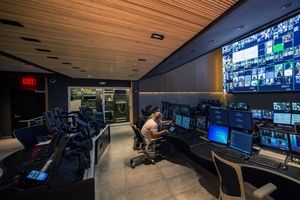
MC: New York was an extraordinary experience, I soaked it up like a sponge. I was on a J1 exchange visa and I had nothing lined up so I had to do it all – find a place to live and then find a job. I think I blew about $4,000 in the first month of living there because I couldn’t find an apartment. The saying “if you can make it in New York, you can make it anywhere” is true. It’s very built up and you have to force yourself into the system.
In terms of getting a job, you have to understand how to promote yourself. I had never done this in New Zealand, but in the US you completely have to sell yourself as a project, or a brand. If you make it into the interview you need to be very confident. As a kiwi, it was weird to blow my own trumpet but that’s how people do it there. I found a job in the end, of course, and ended up working at Meridian Design Associates for a year in 2012.
AMH: What were the main differences between the architecture industry in the States to here in New Zealand?
MC: It has very different rules, regulations, contracts and systems. The relationship between contractors and clients is quite different. For example, with a design build here, you end up having very little quality control about the outcome of the building. In the US, people were far more respectful for the design process and saw the architect as a professional service that can assure a quality result.
AMH: What drew you back to New Zealand?
MC: I was planning on staying in New York for three years, but after the Christchurch earthquake I cut it short – I just had to go back. I didn’t want to miss the start of the rebuild.
AMH: I’m impressed at your dedication to coming back to help Christchurch.
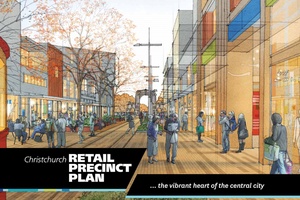
MC: I don’t know, when it’s your home town and it’s going through such dramatic heartbreak and change, it felt like the least I could do was be around to help.
AMH: What is a rebuild project that you’ve worked on thus far that you’re really proud of?
MC: One of the most interesting projects was with Ian Athfield and the team on the retail precinct master plan, where the Restart Mall is currently. I’m a huge fan of Ath and his ideas about urban design and the participatory process.
We brought together all of the stakeholders for the retail precinct in the central city, and went through a range of different scenarios of building laneways, land swapping and creating pockets of public space in between the two big stakeholders.
It’s great to see that the construction they’re doing now has taken all of these workshops and master planning into consideration. It’s really going to transform this area of the city and create something unique.
AMH: You have worked closely with Venezuelan architect and urbanist Alejandro Haiek Coll, whose work focuses on bottom-up initiatives that engage with communities to help transform the built environment. How did that come about and what sort of projects did you complete with him?
MC: I first worked with Alejandro several years ago when he was here on an artist in residency via Elam Fine Arts in Auckland. In 2014 when he returned to New Zealand he got in touch and we set up a small collective called Lab Pro Fab Christchurch, where we collaborated with many other like-minded people and completed about 13 projects together in three months’ time!
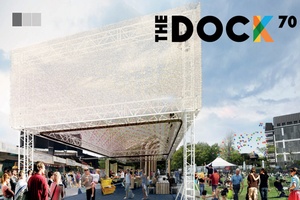
One of the projects was a parody of stadium seating set up on a trailer in a public parking spot to watch the demolition of the Centennial Pool, which a lot of people were really unhappy about. For a lot of people in Christchurch, watching demolition is like watching all of the memory attached to that building erased – it’s very emotional.
AMH: What is it about working on community projects in Christchurch that motivates and inspires you?
MC: I think it’s about encouraging a different attitude towards civic spaces. At the moment you can walk around the city at night and there’s often not a lot going on.
Myself and three other architectural graduates formed a very spontaneous collective about a year ago, and we are continuing to try to push various public structures or spaces through the city council. At the moment we’re trying to build another pavilion in the city in collaboration with the NZIA. In the long run, the idea is to have student competitions and every year change to a new project, a little like the Brick Bay folly in Auckland.
We’re trying to get the council to understand that temporary projects can bring the city alive, such as the M Pavilion in Melbourne, or, at a much larger scale, the Serpentine in London. A lot of projects do fall through and I feel like we have to keep encouraging the profession not to lose that faith and hope, because these temporary structures and spaces are powerful tools to bring people back together and to make a positive shift in the city.
AMH: Which area of Christchurch do you think has most potential?
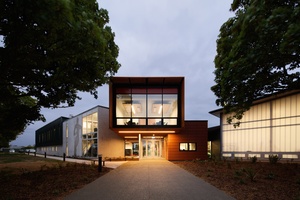
MC: The cathedral. I think the council owes the public a response by May or June – it’s important for the city to actually have direction of what’s going to happen.
AMH: What would you like to happen there?
MC: I’d like to see it either restored to its former glory, or we could keep the ruin and transform it into a monumental garden. They’ve done this in a similar project in London, not far from the London Bridge, called St Dunstan-in-the-east-garden. The spire has gone and just a couple of walls are left, with beautiful cathedral windows. Nature has taken over and the foliage has been manicured into a beautiful garden that people can have lunch in. It’s really magical.
AMH: Which rebuild projects do you think have been the most successful?
MC: The botanical gardens are great – they got them back up and going pretty much straight away, as going to the gardens and the café there is one of those iconic things you do in Christchurch. The Cardboard Cathedral by Shigeru Ban with Warren & Mahoney is an incredible project, and Stranger’s Corner on the corner of High Street and Litchfield by Sheppard and Rout is also really well done. It was built to an incredible standard, structurally, so if a bomb goes off that’s where I’ll be!
AMH: Can you tell me about any projects you’re working on at the moment with Athfield’s?
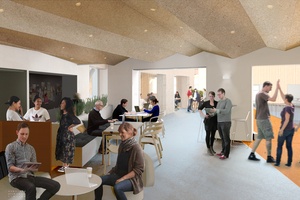
MC: I’ve been working on the Canterbury University education building for the last two years and we’ve been on site since the end of 2016. It’s a new education facility for the College of Education and also a structural re-strengthening and refit of an existing building that Athfield designed about 20 years ago. At the beginning it wasn’t as demanding, but I’ve been 100 per cent on this project for the last year. You end up knowing every single aspect of the building, but it’s good that Athfields allows people to continue on the projects and see it through.
AMH: Have you thought about the future at all – where you’d like to be in 10 years or what you’d like to be working on?
MC: At some point I’d like to offer my (currently limited) expertise to places that really need architects or the design profession to help them. I was in the Philippines last year and saw that in many rural areas good design can transform lives. I’d also like to use the earthquake experience that I gained in Christchurch to help another place that has had a similar unfortunate event.
AMH: Is working in architecture different to how you pictured it as a student?
MC: I don’t think I knew what architects actually did day to day! You actually spend a lot of time on the phone and email trying to answer questions. Sometimes you do lose sight of what you’re doing because it’s a small part of something big, so it’s always nice to come back to it and look at the overall project you’re contributing to.
AMH: Do you think architecture school set you up and taught you the right things for working in practice?
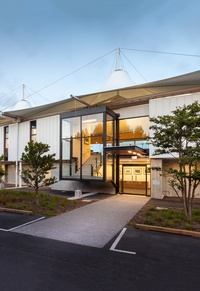
MC: To a certain degree, it teaches you ways to design; to take an idea and develop it. Everybody designs differently and I think that through five years of rigorous training you understand how you design and how you respond to problems. Practically, it’s probably really difficult to teach because it would bore everyone to tears. Imagine giving a hundred students a door schedule for two weeks.
AMH: I guess those rather boring, repetitive tasks are where all good architects start though, right?
MC: Yes, they are really just a gateway. With a door schedule, for example, it seems boring but it’s actually quite technical, with lots of different components and detailing. In fact, I think that by seeing someone’s first door schedule you know exactly what kind of architect they’re going to be! Some people are very meticulous and others are more creative with the details.
AMH: What’s one essential piece of advice for future architects that are currently studying?
MC: Find meaning in your work, something that’s important to you and don’t lose sight of it. Finding something that you’re really passionate about – even if you do it outside of work – is what’s going to keep you happy and going for a long time.
AMH: Are there any pieces of advice you’d give your student self?
MC: I wish I had undertaken more practical stuff during my studies, like building even the simplest table or chairs. Understanding the process between a concept idea, drawing it up and actually measuring and constructing it yourself brings you a more holistic view of what the profession is and that it’s not actually just designing pretty pictures.

AMH: As part of the series we asked you to create a type of mood board to illustrate your influences and inspirations. What ideas are behind this and why did you use these particular Resene colours?
MC: The colours were inspired by contemporary African art, which I am obsessed with right now. I’ve used the bold geometry of Basotho patterns combined with art deco style graphics. The luxurious velour fabrics adds contrast with the more hand woven fabric textiles, accentuated with warm dark brown tiles to add earthy tones and ground the bold colours.
AMH: And to wrap things up, what’s five essential things that you need to get you through your work day?
MC: Optimism, smiles… definitely coffee. Probably my phone or iPad – I can’t leave those at home, being able to do stuff on the go is essential. I need a lot of smiles and happy feelings in the studio, because every time I go out on site visits it’s rather grey and stressful. You have to bring some sunshine in!
Read the first On the Rise interview with Haley Hooper here, and the second with Geordie Shaw here. The fourth interview, with Ed Dromgool, is here.
The ArchitectureNow On the Rise series is generously supported by Resene.

